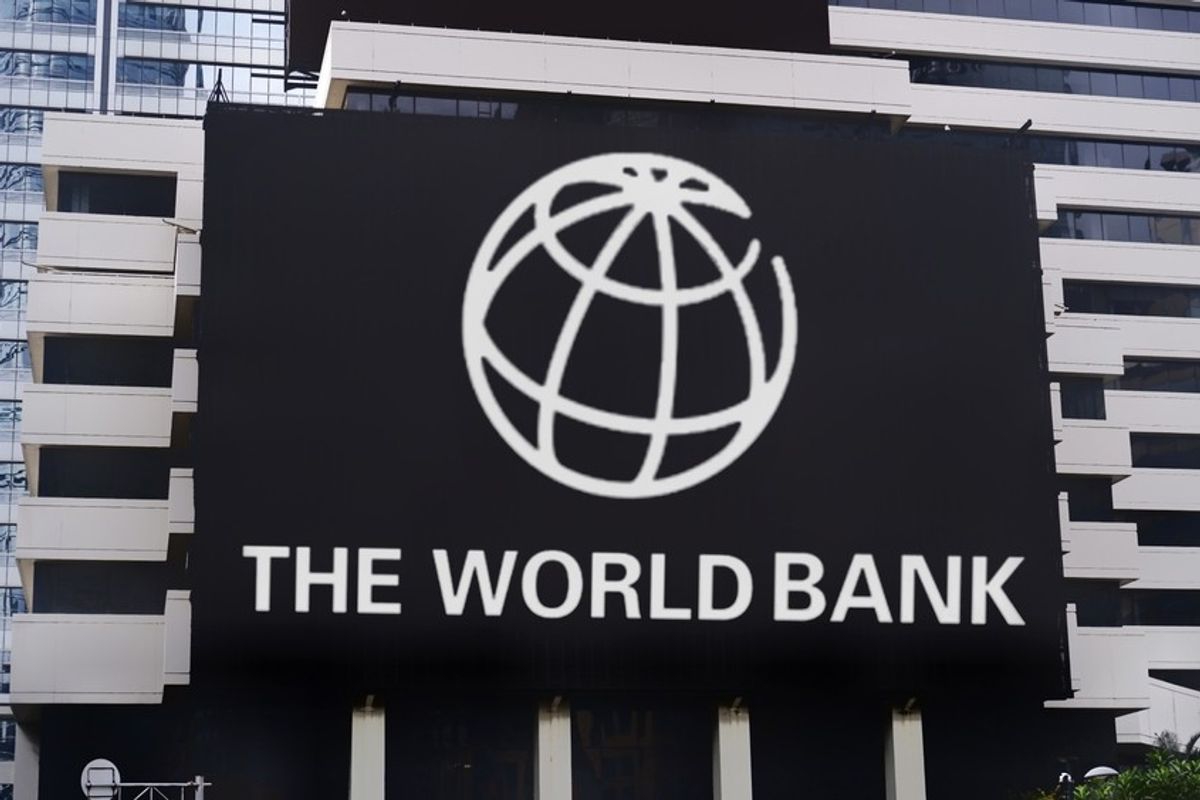World Bank expects MENA's economy to grow in 2025
The United Arab Emirates and Saudi Arabia lead the region’s rebound.
Dubai Desk
The Dubai Desk reports on major developments across the UAE, covering news, culture, business, and social trends shaping the region.

MENA’s economy is expected to rebound to 2.6% growth in 2025—but risks like trade tensions and oil volatility could derail the recovery.
Shutterstock
Economic growth in the Middle East and North Africa (MENA) is expected to accelerate in 2025, according to the World Bank’s latest MENA Economic Update.
After expanding by just 1.9% in 2024, weighed down by the conflict in Gaza and Lebanon, the region’s GDP is projected to grow 2.6% in 2025 and reach 3.7% by 2026. However, this marks a downward revision from previous forecasts, with 2025 growth cut by 1.3 percentage points from the October estimate.
The World Bank cited risks including global trade fragmentation, a potential economic slowdown, and erratic oil prices. These echo concerns raised by the IMF, which recently lowered its global growth outlook due to widespread tariff policies and weakening global trade.
GCC outlook
Gulf economies are forecast to grow by 3.2% in 2025 and 4.5% in 2026, slightly below earlier projections. The bloc saw a modest 1.9% growth last year, recovering from near-stagnation.
In the UAE, growth is expected to reach 4.6% in 2025 and 4.9% in 2026, driven by continued diversification and strong performance in non-oil sectors.
Saudi Arabia is forecast to grow 2.8% in 2025 and 4.5% in 2026, though both estimates are slightly downgraded from earlier projections.
Oil importers
Oil-importing countries are projected to grow by 3.4% in 2025 and 3.7% in 2026. Egypt’s economy is set to rebound to 3.8%, up from 2.4%, as inflation slows and consumption picks up.
In Morocco and Tunisia, growth will depend heavily on improved agricultural output, with projections of 3.4% and 1.9%, respectively.
While lower oil prices may hurt exporters' revenues, they could ease inflation and support trade balances in oil-importing economies.
Conflict zones: Gaza and Lebanon
Conflict continues to derail recovery efforts across the region. Gaza’s economy collapsed by 83% in 2024, and its share of Palestinian GDP fell from 17% to just 3.3%. Nearly the entire population now lives in poverty.
In Lebanon, although political deadlock ended with the election of a reformist government, the economy remains in crisis. The country has suffered a 40% GDP contraction since 2019.










Comments
See what people are discussing